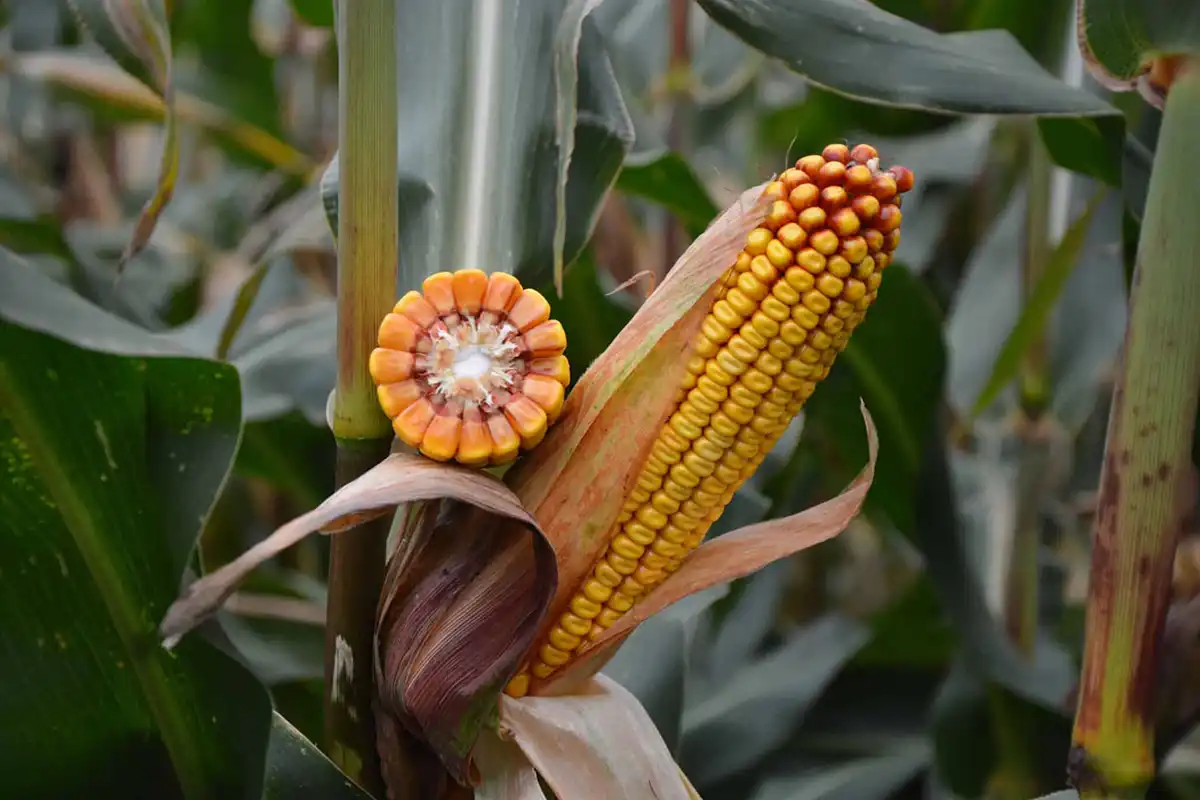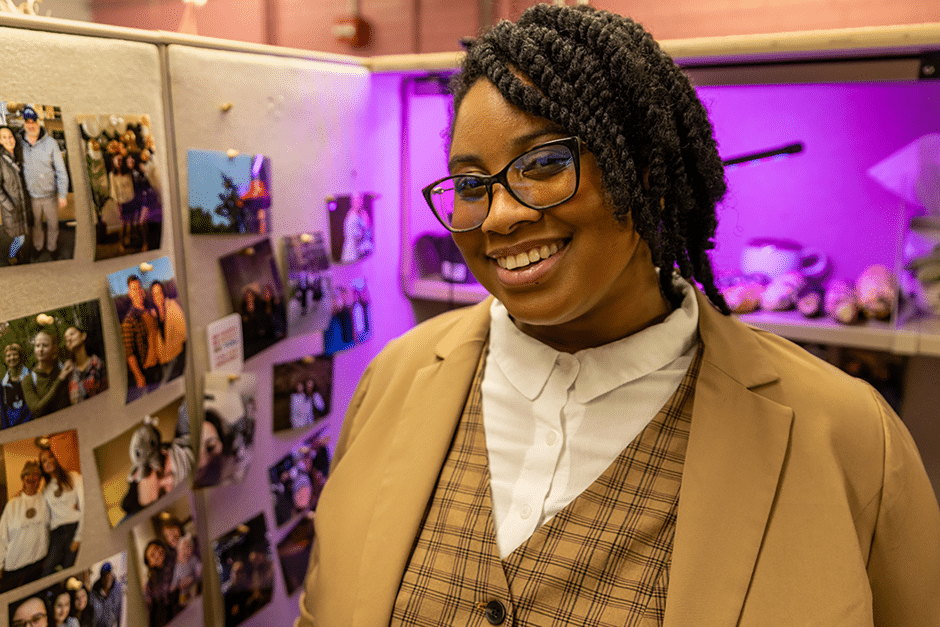A joint project between the Biotechnology Innovation Organization and the American Seed Trade Association looks to highlight progress in agriculture, food and wellness.
If you’ve been involved with the American Seed Trade Association (ASTA) recently, you’ve probably had one of their new partnerships pop up in conversation: Innovature.
Together with the Biotechnology Innovation Organization (BIO), ASTA looks to foster new conversations among different communities about innovation in agriculture, including newer methods like gene editing, and its potential benefits.
“We created Innovature to start a conversation,” says Andy LaVigne, CEO and president of ASTA. “We need to talk about the evolution of breeding. We realize that the research that’s been done to better understand genetics in our communities is difficult to share with the consumers, and we see this as a great platform to talk about the planet, our health and our food.”
Laying the groundwork for continued plant breeding innovation has been a long-term priority for ASTA. Jerry Flint, ASTA chairman and Global Initiatives and Sustainability leader of Corteva Agriscience, says that conversations around the idea of Innovature actually began more than two years ago. At that time, ASTA spoke to BIO to see if there was any common ground between the two when attempting to tackle the conversation of innovation with the consumer. After discovering that there was common ground, ASTA and BIO began the legwork of creating this unique platform to start a dialogue with consumers about innovation in agriculture.
One of the most surprising aspects of this partnership is the fact that Innovature isn’t just tackling plants. Innovature also talks about animals and how they fit into the food chain.
Flint says as they were researching this partnership, they found a trend: when you take the conversation of food and agriculture outside the seed, most stakeholders view food inclusive of both animals and plants.
“We felt it was important to address questions across food and agriculture,” Flint says.
“We’re a joint community,” LaVigne adds. “Animals have to have something to eat, and we produce the crops they eat. It’s a very connected community, and we believe the science is very similar between animals and plants.”
LaVigne says that breeding techniques and gene editing techniques between plants and animals have more similarities than what you might expect, so it seemed natural bringing animals into the discussion.
“One of the key things we wanted to accomplish as an agricultural community and a scientific community was to tell our story. We want to explain why it’s so important and why it’s so urgent,” Flint says.
Flint says under Innovature, we can address different challenges facing our industry such as: climate change, sustainability, health, wellness and nutrition.
“It is important to create that platform where different stakeholders can come together to figure out how to meet some of those pressing chal- lenges,” he says.
Another key component Flint says is important for Innovature is recognizing the audience and knowing how to talk about innovation in agriculture to different circles. As an example, you don’t speak to a group of scientists the same way you speak to a group of consumers trying to make food choices.
“Innovature is really allowing us to have an open and transparent conversation focusing on shared values,” LaVigne says. “It allows people to ask questions and have a dialogue.”
ASTA wants the seed industry to get engaged and involved with Innovature.
“Innovature is a tool for all of us to use,” LaVigne says. “We know the local voice is key to getting this message out there.”
“Get engaged. Become ambassadors for the industry,” Flint says. “We have a great set of tools out there and training to make it easy for you to become an advocate for our industry.”
For more information about Innovature or how to become a part of the conversation, visit innovature.com/about.












